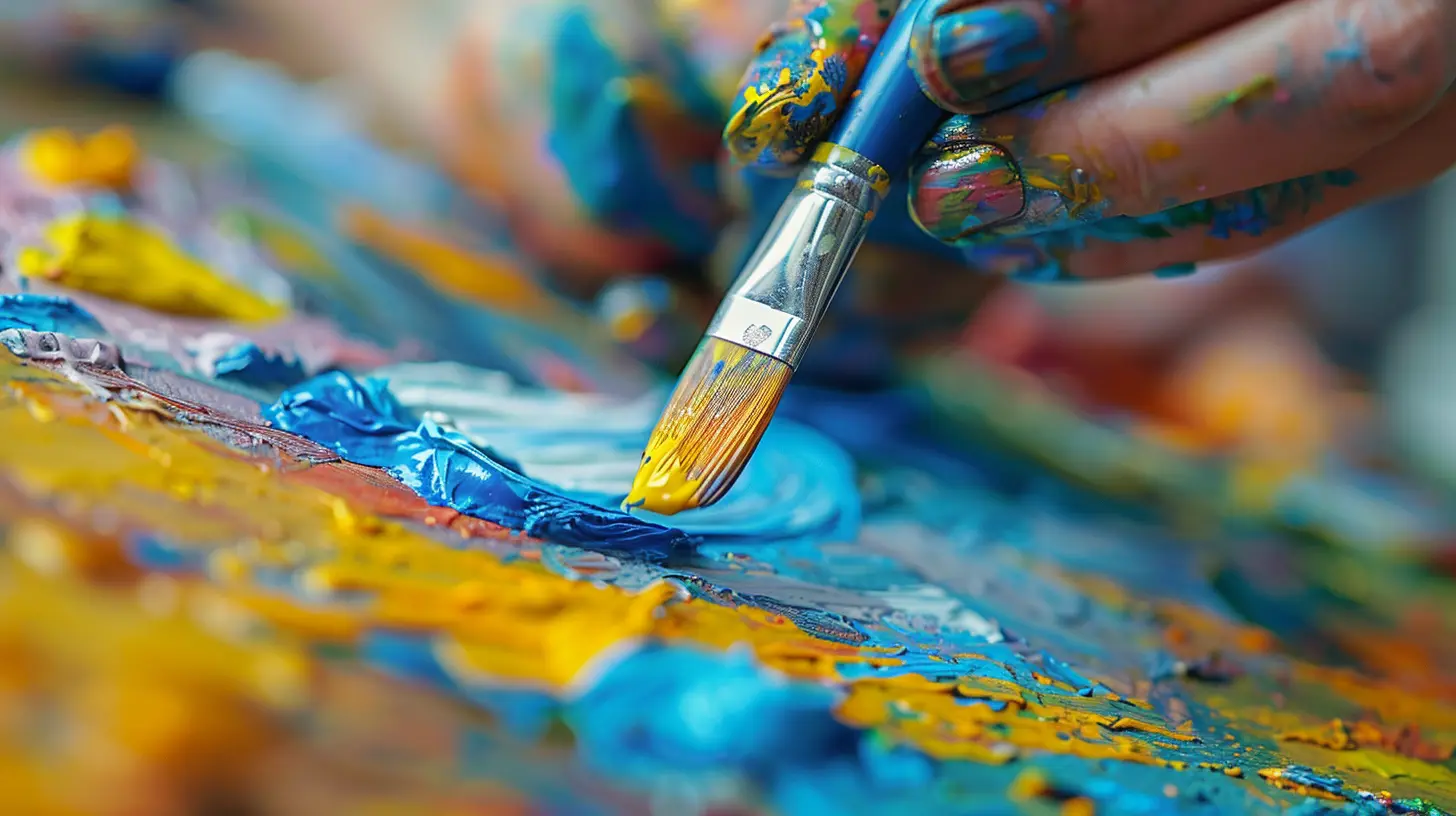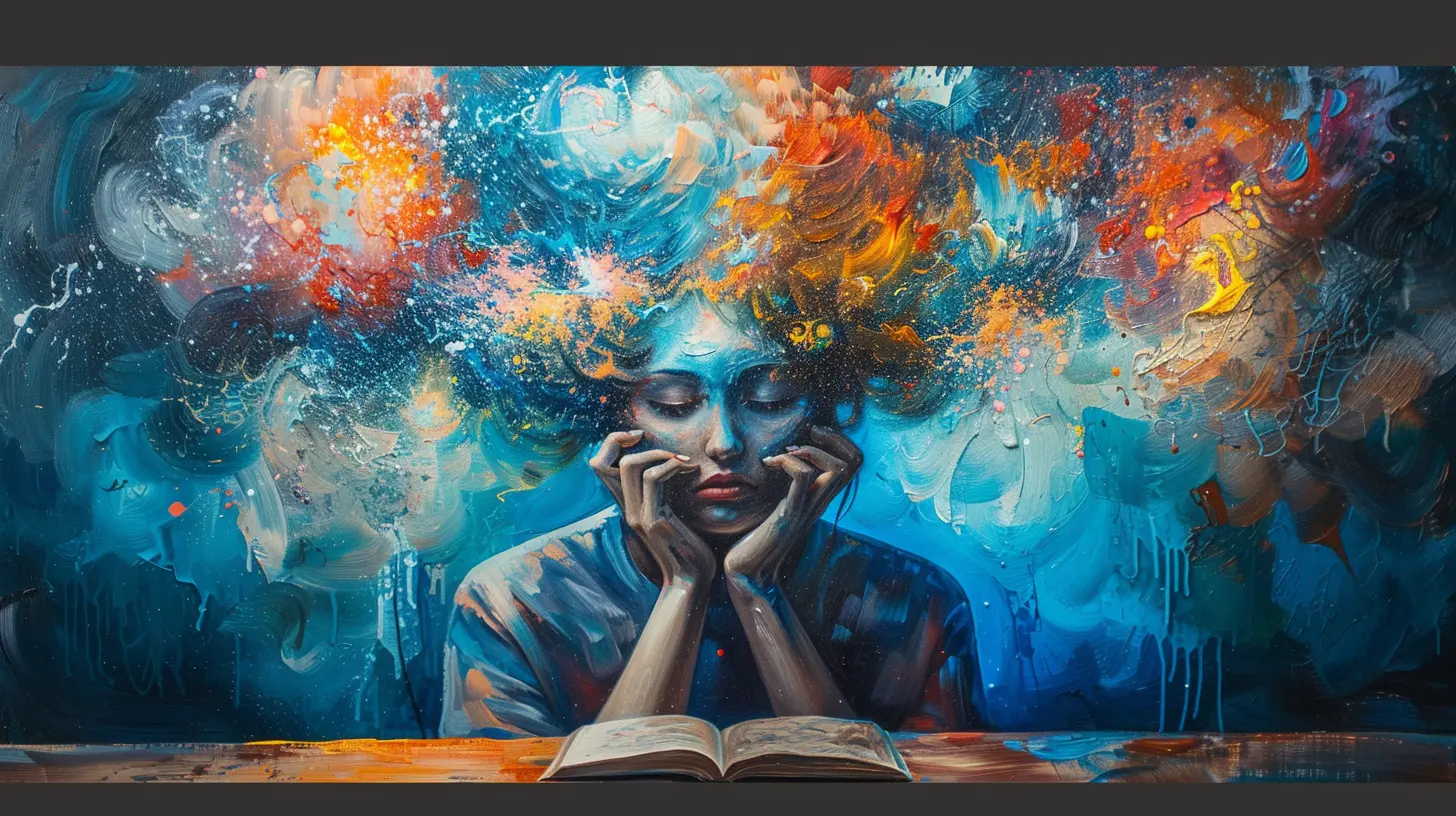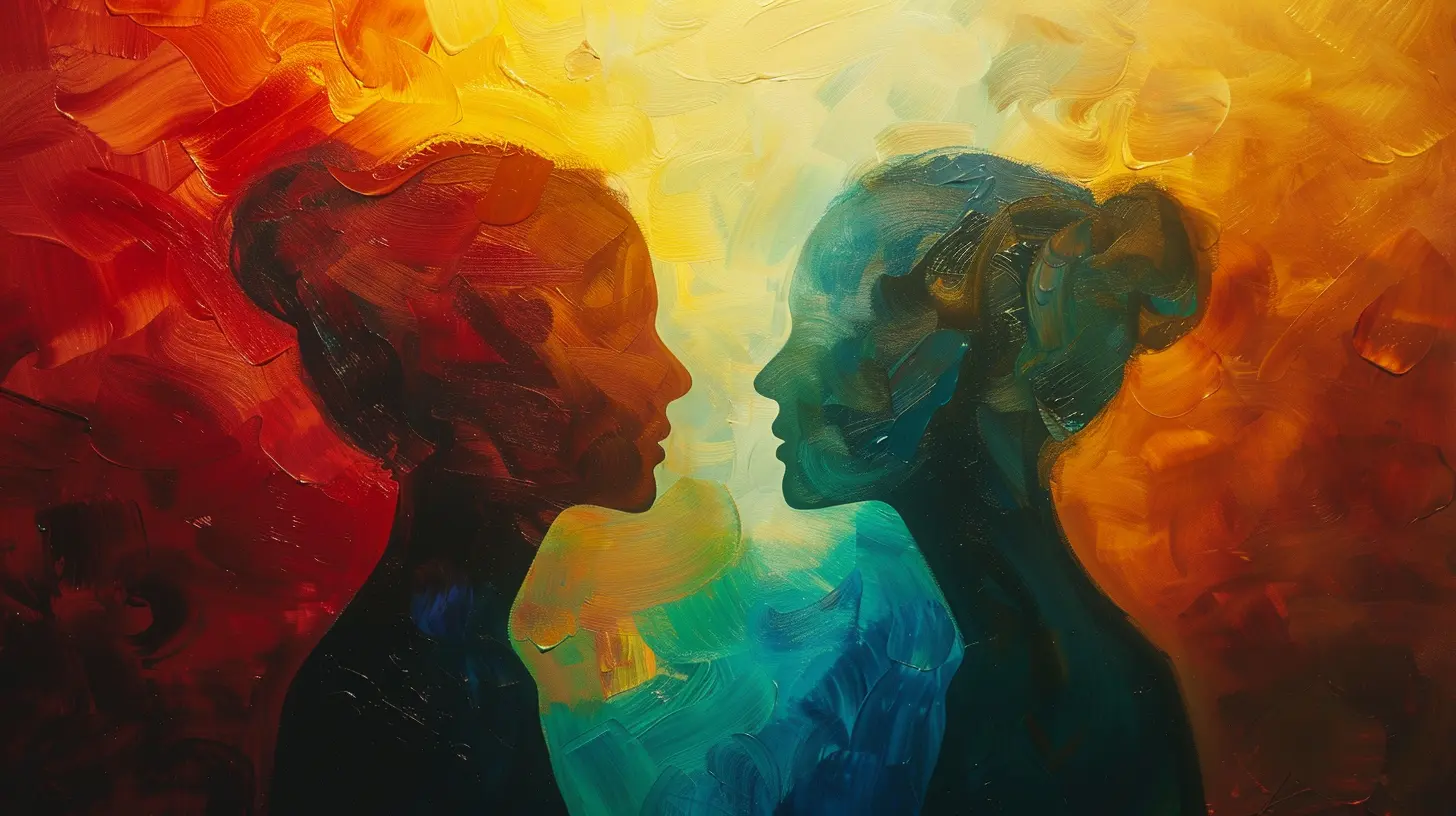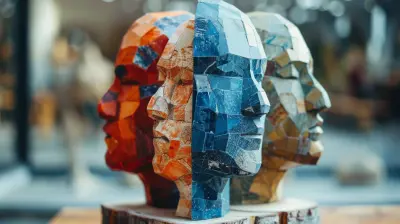Integrating Art Therapy in Traditional Psychotherapy
9 November 2025
Art therapy has been gaining traction as a complementary approach to traditional psychotherapy. It merges the power of creative expression with the principles of talk therapy to help individuals process emotions, reduce stress, and improve mental well-being. But how does it work? And why should therapists consider integrating art therapy into their sessions?
In this article, we’ll dive into the benefits, methods, and real-life applications of integrating art therapy into traditional psychotherapy.

What is Art Therapy?
Art therapy is a form of expressive therapy that uses creative techniques like drawing, painting, and sculpture to help individuals explore their emotions. Unlike traditional talk therapy, which relies heavily on verbal communication, art therapy allows for self-expression through visual and tactile mediums.This approach is particularly helpful for individuals who struggle to articulate their feelings, such as children, trauma survivors, or people with communication challenges.

How Art Therapy Complements Traditional Psychotherapy
Traditional psychotherapy primarily focuses on verbal processing. Patients talk about their emotions, thoughts, and past experiences to work through their struggles. While effective, this approach may not always capture deeper, subconscious emotions. That’s where art therapy comes in.Here’s how it enhances traditional psychotherapy:
1. Facilitates Nonverbal Expression
Not everyone finds it easy to talk about their emotions. Some feelings are too complex or painful to express with words alone. Art therapy provides an alternative outlet, allowing people to communicate their subconscious thoughts through colors, shapes, and textures.2. Encourages Emotional Release
Ever felt a sense of relief after doodling or painting? That’s the power of creative expression. Engaging with art helps individuals release pent-up emotions in a safe and constructive way, reducing stress and anxiety.3. Enhances Self-Discovery
Through art, individuals can uncover hidden emotions and triggers they may not have been aware of. The creative process acts as a mirror, reflecting feelings that might be difficult to articulate.4. Builds Coping Mechanisms
Creating art can be a grounding technique. It helps individuals develop healthy coping skills to manage stress, anxiety, and trauma. From journaling with sketches to mindful coloring, these simple artistic exercises can improve emotional resilience.5. Strengthens Therapist-Client Relationships
Therapeutic relationships thrive on trust and connection. Art therapy can bridge communication gaps, making it easier for therapists to understand their clients' emotional landscape without relying solely on verbal cues.
Practical Ways to Integrate Art Therapy into Traditional Sessions
Now that we understand its benefits, let's talk about practical ways to incorporate art therapy into traditional psychotherapy sessions.1. Guided Art Exercises
Therapists can introduce structured art activities designed to explore specific emotions. For example:- Emotion Wheel Painting: Clients use different colors to represent their emotions on a canvas.
- Drawing Inner Strengths: Encourages clients to illustrate their personal strengths and sources of resilience.
2. Art Journaling
Encouraging clients to keep an art journal is an excellent way to track progress and emotions over time. They can combine doodles, abstract sketches, and written reflections to express themselves creatively.3. Collage Therapy
Using magazines, newspapers, and personal photographs, clients create collages that represent their emotions, goals, or past experiences. This method is particularly effective for individuals processing trauma or loss.4. Clay and Sculpture Therapy
For clients who prefer hands-on activities, clay work can be highly therapeutic. Shaping and molding objects allows for tactile engagement, helping them channel emotions through their hands.5. Free Drawing and Mindful Coloring
Sometimes, no structured activity is needed. Simply providing clients with coloring books or blank canvases allows them to express themselves freely, reducing stress and promoting relaxation.
The Science Behind Art Therapy
Art therapy isn’t just a creative pastime—it’s backed by scientific research. Studies have shown that engaging in artistic expression activates the brain’s reward system, releasing dopamine, the "feel-good" neurotransmitter.Moreover, art therapy impacts the amygdala, the part of the brain responsible for processing emotions. By engaging in creative tasks, individuals can regulate their emotional responses and reduce stress levels.
Effectiveness in Mental Health Treatment
Research has found art therapy to be highly effective in treating various mental health conditions, including:✔ Anxiety and Depression – Encouraging creative expression helps reduce symptoms of anxiety and depression.
✔ Post-Traumatic Stress Disorder (PTSD) – Art therapy provides a non-verbal way for trauma survivors to process painful experiences.
✔ Autism Spectrum Disorder (ASD) – Helps individuals with ASD communicate and develop social skills.
✔ Substance Abuse Recovery – Supports emotional healing and self-reflection during addiction treatment.
Common Misconceptions About Art Therapy
Despite its effectiveness, there are some common misconceptions about art therapy that need to be addressed:1. "I Need to Be Good at Art"
One of the biggest myths is that art therapy requires artistic talent. The truth? It’s about self-expression, not skill. Stick figures, abstract shapes, or even scribbles can be just as meaningful as detailed paintings.2. "It’s Only for Kids"
While often used in child therapy, adults benefit just as much from creative expression. In fact, many trauma survivors and individuals experiencing emotional distress find art therapy incredibly transformative.3. "It’s Not as Effective as Traditional Therapy"
Art therapy isn’t meant to replace traditional therapy but to complement it. In many cases, combining both approaches can lead to deeper emotional breakthroughs.
The Future of Art Therapy in Psychotherapy
With mental health awareness on the rise, integrating art therapy into traditional psychotherapy is becoming more common. Many therapists are now receiving specialized training in art therapy to offer a more holistic, client-centered approach to healing.Hospitals, rehabilitation centers, and private practices are adopting art therapy techniques to enhance patient care. As research continues to support its effectiveness, we can expect to see art therapy solidify its place alongside traditional psychotherapy.
Final Thoughts
Integrating art therapy into traditional psychotherapy is like adding new colors to a painting—it enriches the therapeutic experience, giving clients new ways to process emotions and heal. Whether it's through painting, journaling, or sculpting, creative expression has the potential to unlock emotions that words simply cannot capture.If you’re a therapist, consider incorporating art therapy into your practice. And if you're someone going through therapy, don’t be afraid to suggest it to your therapist. Sometimes, emotions speak louder through art than words ever could.
all images in this post were generated using AI tools
Category:
PsychotherapyAuthor:

Janet Conrad
Discussion
rate this article
1 comments
Jett Harper
This article beautifully highlights the synergy between art therapy and traditional psychotherapy. By incorporating creative expression, therapists can foster deeper emotional connections and facilitate healing, making it an invaluable addition to holistic mental health practices. Great insights!
November 14, 2025 at 4:44 AM

Janet Conrad
Thank you for your thoughtful comment! I'm glad you found the insights on art therapy's role in enhancing traditional psychotherapy meaningful.


